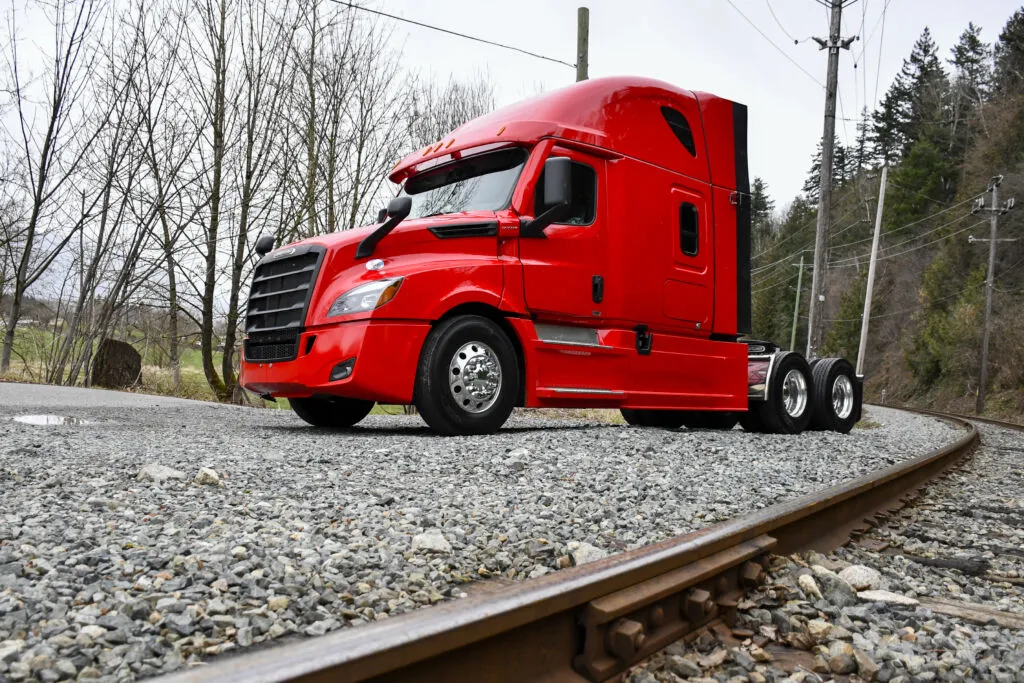
Around boardroom tables and dining room tables, one of the topics of the day is inflation. Everywhere you turn, costs are increasing, the product of shifts in consumer spending and stalled supply chains beginning with the COVID-19 pandemic and continuing today. Over the past 3 years, inflation has reached a rate that is unfamiliar to younger generations. It is a focus of government policies and central bank interest rate movement to combat the rising cost of living AND of doing business.
The trucking industry is feeling the strain as many others are, with owners and operators needing to rethink how they do business. Inflation impacts the industry in many different ways, from costs and profit margins to driver retention and fleet upkeep. In this blog, we’ll look at those impacts and some of the steps companies are taking to address inflation in their business.
Operating Costs
In an inflationary environment, it can feel like everything costs more – and often it does. Trucking companies are seeing operational costs increase weekly and monthly, from smaller line items like licensing and permitting fees to heavier costs like maintenance and fuel. The supply of parts has become more difficult and costly as supply chains are strained, meaning it’s more expensive to maintain your fleets. The cost of diesel fuel in Canada has also risen more than 30 per cent since early 2022. Fuel is a significant expense, of course, for any trucking companies, so that increase represents a substantial gap that needs to be recouped through additional revenues.
Profit Margins
Increasing costs can’t always be equalized by higher revenues, which leads to smaller profit margins for many trucking companies. Like any industry, companies are pressured by customers to provide the highest quality service for the lowest possible price. Significant competition in the trucking industry places even more downward pressure on revenues. While expenses are rising, then, it can be extremely difficult to have your revenues rising at the same or higher rate.
Decreased profit margins have widespread effects on how a business is run, beyond less take-home pay for owners and operators. Paired with increasing interest rates (an effort by central banks to combat inflation), smaller profit margins make it more difficult for trucking companies to obtain financing to support business growth and effectiveness.
Driver Retention
Like higher operating costs spilling over into lower profit margins, lower profit margins spill over into another key area for trucking companies – driver retention. Drivers look to their companies for stability and a commitment to improvement through well-maintained fleets and advances in technology. Financing is a tried-and-true method of supporting your business’ growth and sustainability. When it becomes more challenging to find financing, it in turn becomes more difficult to maintain vehicles and keep up with those advancements in technology. When that happens, drivers will start to look elsewhere for the best opportunities. Particularly for smaller companies, driver retention can be difficult enough in good times; when tough times arise due to events like inflation, it can be beyond challenging.
Combatting Inflation
While the challenges of inflation are plenty, tough times are often the driving force behind innovation. In the face of rising costs and shrinking profit margins, trucking companies are taking great strides to set their businesses up for success in this new environment. Here is some of what our Velocity Truck Centres clients have told us they are doing to combat inflation, beyond adjusting their pricing.
“Necessity is the mother of invention,” the saying goes. While environments like inflation can challenge the most seasoned business owner, it is during these times that the most impactful innovations happen in an industry. Higher operating costs and lower profit margins are a reality, however companies are finding ways to both survive and thrive during these times by adapting and doing business differently. The trucking industry is one of the most crucial to the Canadian economy. It has weathered many storms in the past and will continue to push through these current challenges led by strong owners, operators and drivers.
Your Team of Experts
We love helping our customers meet a challenge and there are few challenges more apparent today than inflation. Whether you are looking for service and maintenance at the right price or investigating new technologies that may save your business money in the long run, our team of experts is ready to work with you. Reach out and let’s get started meeting your challenge head-on.